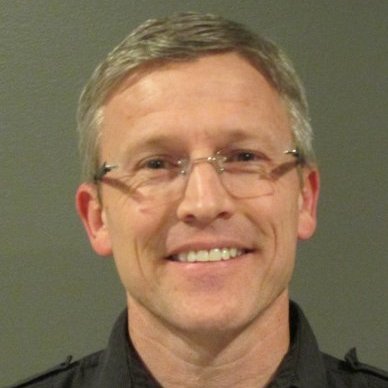
Combined heat and power facilities (CHP), also known as co-generation power plants, create high-pressure steam to generate power and provide process steam. Process plants seek to minimize the use of make-up water by re-using condensate that theoretically should be clean water.
However, process steam may commonly pick up contaminants, such as organics, oil, and minerals in the liquid stream. These negatively affect the plant’s feedwater systems, boilers, turbines, and process heat exchangers, potentially causing expensive downtime and equipment damage.
Sampling the boiler feedwater, steam, and condensate stream is the best way to identify any contaminants and determine the source of the contamination. Utilizing a properly configured Steam and Water Analysis System (SWAS) can help co-generation plants maximize production and improve their steam and water process.
However, many steam and water sampling systems have inadequate configurations or instrumentation to sample effectively.
Oversimplifying or ignoring steam and water sampling in a co-generation power plant can lead to:
- Improper flow rates
- Non-representative samples
- Injuries to personnel
- Damage to equipment
- Loss of flow to analyzers due to improper pressure regulation
- Plugging due to Magnetite buildup
By following SWAS best practices, you can mitigate these concerns and maximize your plant’s output. A standard P&ID for an effective SWAS should have at least the minimum recommended components, including:
- Pressure reduction/flow set valve (either VREL or needle) to set flow rates
- Total flow indicator to verify proper flow rates
- Thermal shutoff valve (TSV) to protect operators and equipment from over-temperature events
- Proper pressure relief to prevent over-pressure events
- Temperature gauges, so operators can confirm the sample is cool enough to grab at a glance
- Backpressure regulator/relief valve (BPRV) if feeding online analyzers
- Magnetite trap to remove magnetite from the sample as needed
Building a comprehensive SWAS sample panel in a co-generation power plant must involve experienced engineers and subject matter experts to assemble a functional system that complies with applicable guidelines. Establishing an appropriate SWAS with training by experts mitigates concerns such as misleading analysis data, possible loss of power production, and potential safety risks.
Sentry Equipment has a deep knowledge and technical experience working with utility sampling configurations around North America. This expertise extends through co-generation plants as many have similar needs to utility/power generation needs.
Learn more about sampling’s impact on your co-generation plant here.




